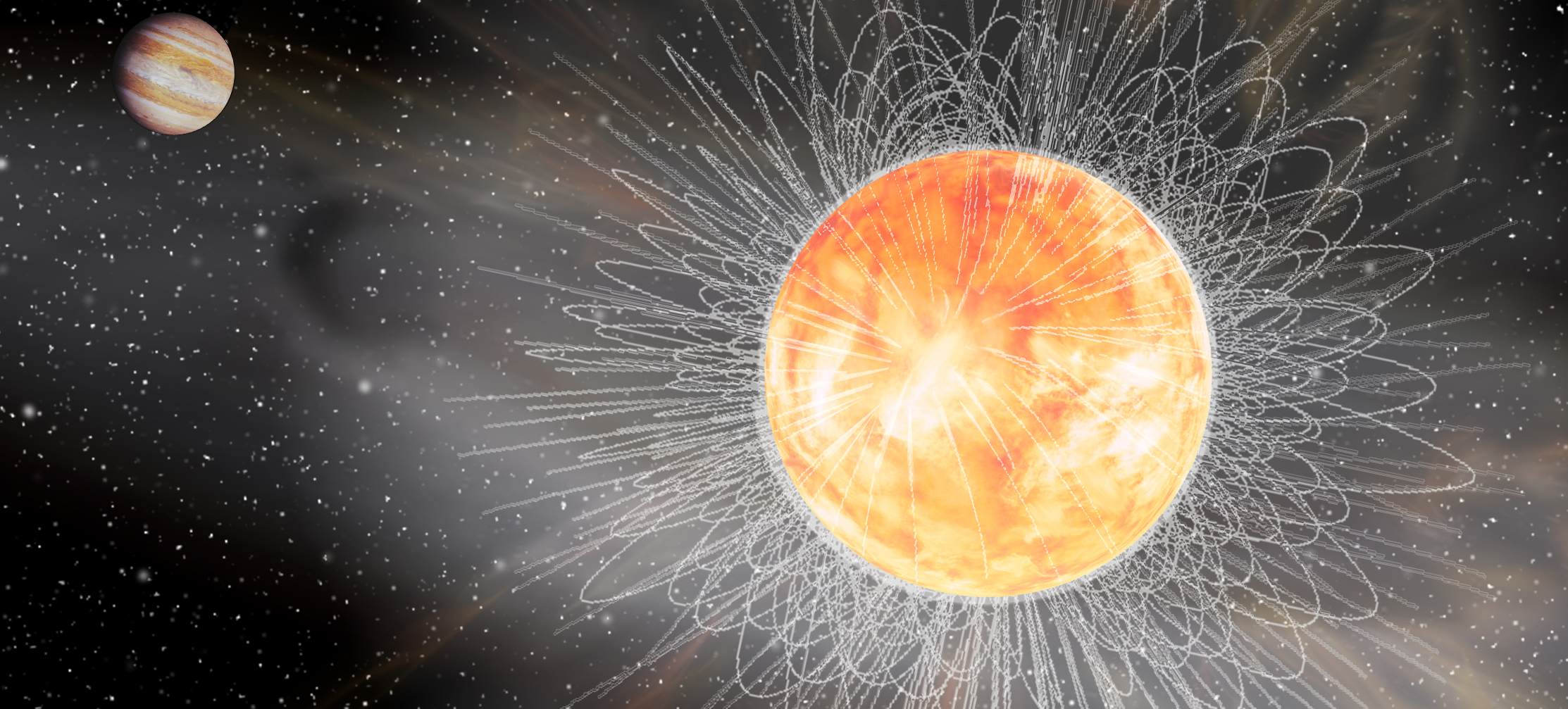This is the first achievement of its kind in human history. Scientists from the University of Florida made a big step in the exploration of the moon – they were able to grow plants in samples of its soil. They also investigated how vegetation interacts with a substrate that is fundamentally different from that found on Earth. They published their findings in an article in the scientific journal Communications Biology.
The experiment is the first and big step towards growing plants on a natural food and oxygen satellite. The research is part of the Artemis program, which aims to return humans to our natural satellite.
“Artemis will require a better understanding of how to grow plants in space,” said Rob Ferrell, one of the study’s authors and professor of horticulture at the University of Florida (UF).
Why are plants so important on the moon
Plants play an important role even in the early exploration of the moon, according to researcher Anna Lisa Ball, who was also involved in the research.
Among other things, they helped establish that soil samples brought back from the Moon were not harboring pathogens or other unknown components that could harm life on Earth, Ball said.
Paul and Ferrell are internationally recognized experts in space plant research. As part of the University of Florida’s (UF) Space Plant Laboratory, they have sent experiments to the space shuttle, the International Space Station, and suborbital flights.
– On longer future space missions, we can use the Moon as a take-off or landing site. It would make sense to use the soil there to grow plants, Ferrell said. – What happens when we grow plants in lunar soil, a substrate that they have not evolved into. How will plants behave in such lunar greenhouses? Will there be farmers on the moon? – He asked questions.
To answer these questions, scientists conducted a deceptively simple experiment – planting seeds in lunar soil, watering them with water, providing the usual nutrients and light, and then recording the results.
Artistic concept of the Artemis spacecraft in lunar orbitNASA
So many challenges
The small number of samples became a hindrance. The scientists only had 12 grams of regolith to spend on this experiment. This soil was harvested during the Apollo 11, 12 and 17 missions to the Moon. Paul and Ferrell applied three times in 11 years to enter the study.
The soil’s scarcity – not to mention its enormous historical importance – meant that Paul and Ferrell had to conduct a small-scale, carefully planned experiment. To grow their mini lunar garden, they used thimble-sized tubes, and placed them in plastic dishes typically used to grow cells. Each of them had a certain kind of destiny. After filling each gram of lunar soil, the researchers moistened the substrate with a nutrient solution and added a few horseradish kernel seeds (Arabidopsis).
The scientists also prepared control experiments – they planted plants in JSC-1A, a ground material that mimics real lunar soil, as well as in “pseudo” Martian soil and Earth from harsh environments.
moonLick Observatory / European Space Agency / Hubble
‘We didn’t expect that’
Before starting the experiment, the researchers were not sure if the sown seeds would germinate. However, it turned out that plants grew in almost all samples.
– We were surprised. “We did not expect that,” said Paul. “This made us realize that the regolith does not interfere with the action of the natural substances that support plant germination,” he added.
However, over time, researchers found differences between plants grown in lunar soils and control groups. For example, some plants growing outside of lunar soil were smaller in size, grew more slowly, or were more varied in size than those on other substrates.
That’s because plants struggle to deal with the chemical and structural makeup of the lunar soil, Ball explained.
“At the genetic level, plants use tools normally used to deal with stress, such as salt and minerals. So we can conclude that plants perceive the lunar environment as stressful, Paul said. Ultimately, we’d like to use the gene expression data to help determine how we can moderate their stress responses so that they have little effect on their condition on the Moon, she added.
According to the researchers, the reaction of plants to lunar soil may also be related to where it was collected. They found that the plants that showed the greatest signs of stress grew from what’s called “ripe lunar soil.” This substrate is often exposed to winds that change its composition. Samples obtained from quieter regions on the Moon were more suitable for plants.
More questions
As Stephen Ellardo, assistant professor of geology at UF, points out, growing plants in regolith can also affect the soil itself.
The moon is a very, very dry place. How will the minerals in lunar soil respond to growing plants, adding water and nutrients? Will water make mineralogy more plant friendly? asked Elardo.
Subsequent studies are also to provide answers to these questions. For now, however, scientists are excited about the first steps toward growing plants on the Moon.
“We wanted to do this experiment because for years we had wondered if plants would grow in lunar soil. We found the answer is yes,” Ferrel said.
Main image source: Lick Observatory / European Space Agency / Hubble

Echo Richards embodies a personality that is a delightful contradiction: a humble musicaholic who never brags about her expansive knowledge of both classic and contemporary tunes. Infuriatingly modest, one would never know from a mere conversation how deeply entrenched she is in the world of music. This passion seamlessly translates into her problem-solving skills, with Echo often drawing inspiration from melodies and rhythms. A voracious reader, she dives deep into literature, using stories to influence her own hardcore writing. Her spirited advocacy for alcohol isn’t about mere indulgence, but about celebrating life’s poignant moments.










